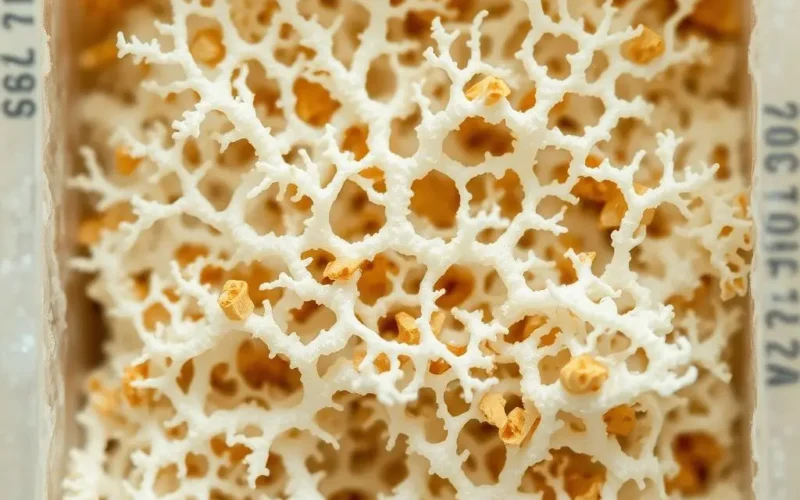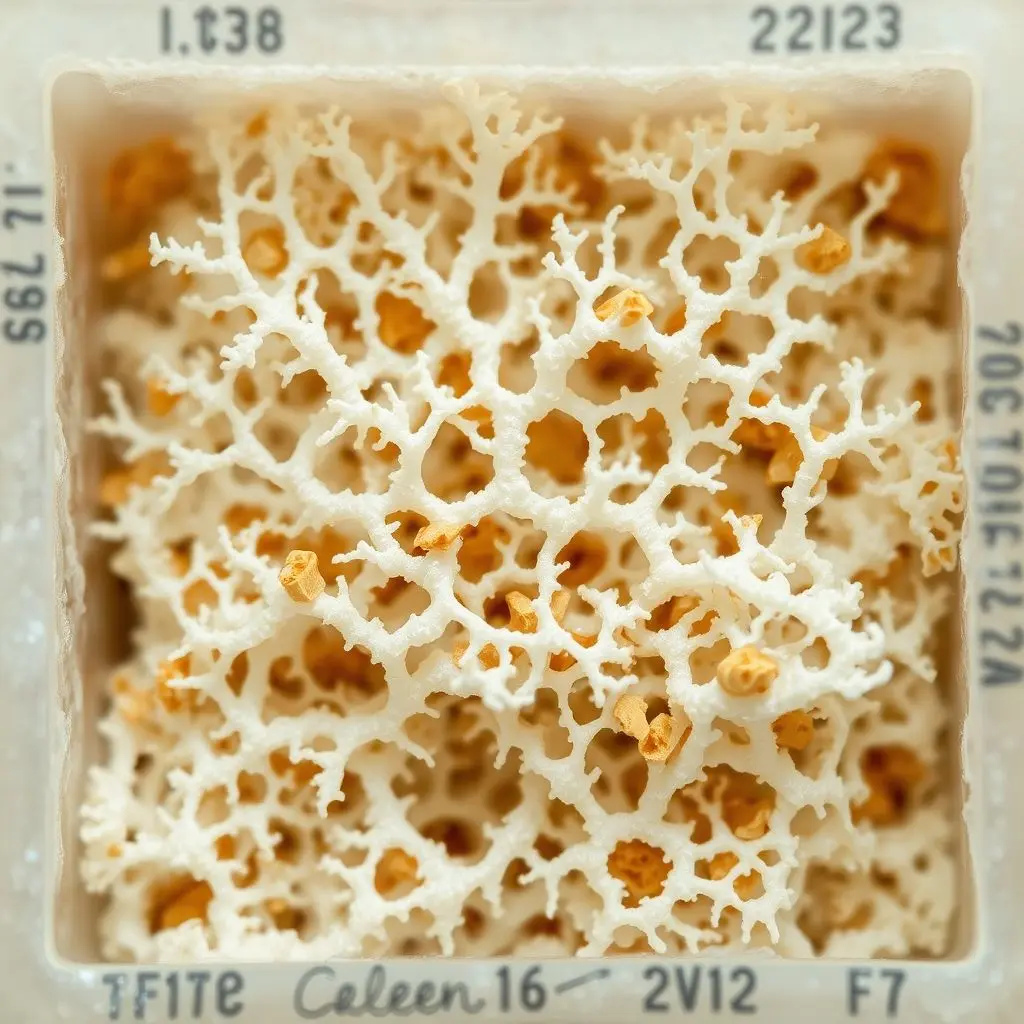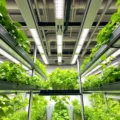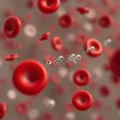What if the very structures we inhabit could sprout from the earth, not from towering trees or mined minerals, but from something far more subtle and surprisingly powerful: fungi?
It sounds like science fiction, doesn’t it? But the truth is, we’re on the cusp of a groundbreaking shift in how we build. Imagine a world where our homes, offices, and even furniture aren’t just constructed, but literally grown. The secret lies beneath our feet, in the incredible, often unseen, network of nature’s master decomposers: mycelium.
This isn’t just a whimsical notion; it’s a rapidly developing field of bio-construction, harnessing the root-like structure of mushrooms to create strong, lightweight, and entirely natural composites. By feeding it things like agricultural waste or sawdust, this amazing natural network binds materials together, transforming what was once waste into valuable resources.
Before we delve deeper into this revolutionary concept, take a moment to peek into the future with our quick visual rundown. We’ve crafted a short video that brings this astonishing idea to life, from the forest floor to rising structures. Prepare to have your mind expanded!
Table of Contents
Understanding Mycelium: Nature’s Super-Binder
So, what exactly is mycelium? Often mistaken for roots, mycelium is actually the vegetative part of a fungus, consisting of a dense, intricate network of thread-like structures called hyphae. It’s the hidden, underground engine of a mushroom, silently working to break down organic matter in nature – a vital part of the ecosystem’s nutrient cycle.
Think of it as nature’s own 3D printer. These tiny threads grow by secreting enzymes that break down complex organic compounds. As they expand, they interweave, creating a robust, fibrous web that acts as a natural biological glue. This inherent binding capability is precisely what makes mycelium so promising as a sustainable building material.
The Cultivation Process: From Waste to Wall
The journey from humble fungal spores to a sturdy building block is a testament to biomimicry – learning from nature’s designs. The process is surprisingly low-tech and environmentally friendly:
Substrate Preparation: The Feedstock
It all starts with agricultural or industrial waste. Common materials include sawdust, hemp hurd, corn stover, rice hulls, straw, or even cotton. These serve as the ‘food’ for the mycelium, providing the carbon and nutrients it needs to grow. This step alone highlights a massive environmental benefit: repurposing materials that might otherwise be discarded or burned.
Inoculation: Introducing the Master Builder
The chosen substrate is sterilized to remove competing microbes, then inoculated with fungal spores or a mycelial culture. Specific fungal species are selected for their growth characteristics, strength, and desired material properties.
Growth & Molding: Shaping the Future
The inoculated substrate is then placed into molds, which dictate the final shape of the material. This could be brick-shaped, panel-shaped, or even intricate custom designs. The mycelium then begins its work, actively growing through and around the substrate. In optimal conditions (controlled temperature, humidity, and darkness), this growth process can be surprisingly fast, sometimes taking just a few days to a couple of weeks.

Deactivation: Halting Growth
Once the mycelium has fully colonized the mold and achieved the desired density and strength, its growth must be stopped. This is typically done through a drying process, often involving baking or kiln-drying. This step is crucial, as it deactivates the mycelium, preventing further growth or the formation of spores, and solidifies the material into its final, stable form.
Beyond Bricks: Diverse Applications of Mycelium Materials
While the concept of “myco-bricks” often captures the imagination, the versatility of mycelium-based materials extends far beyond simple building blocks. Researchers and companies are exploring a wide array of applications:
-
Structural Elements: Yes, actual bricks and panels for walls, known for their impressive strength-to-weight ratio.

-
Insulation: Mycelium composites naturally form a porous, cellular structure similar to foam, making them excellent thermal and acoustic insulators. They can significantly improve a building’s energy efficiency.

- Packaging: A rapidly growing application, mycelium packaging offers a biodegradable, compostable alternative to harmful polystyrene foam. It’s used for everything from electronics to fresh produce.
- Furniture & Design: The ability to grow mycelium into custom molds makes it ideal for unique furniture pieces, lampshades, and decorative panels. Its lightweight nature is a significant advantage.
- Acoustic Panels: Their porous nature lends itself well to sound absorption, making them suitable for studios, offices, and public spaces where noise reduction is critical.
-
Myco-Leather & Textiles: Beyond construction, mycelium is also being developed into sustainable alternatives for leather and other textiles, showcasing its incredible material diversity.

The Unrivaled Advantages: Why Mycelium Matters for Construction
The push for sustainable construction isn’t just a trend; it’s an imperative. Mycelium offers compelling benefits that address many of the environmental shortcomings of traditional building materials:
Remarkable Sustainability
- Low Embodied Energy: Unlike concrete, steel, or even conventional bricks that require immense amounts of energy to produce at high temperatures, mycelium materials are grown at ambient temperatures, drastically reducing their carbon footprint.
- Carbon Negative Potential: As the mycelium grows, it sequesters carbon from the atmosphere, locking it into the material. When harvested from waste, these materials can effectively be carbon sinks.
- Renewable & Biodegradable: Mycelium grows from agricultural waste, making it a rapidly renewable resource. At the end of its life cycle, it can be safely composted, returning nutrients to the earth without contributing to landfills.
- Waste Utilization: It transforms low-value waste streams into high-value products, creating a circular economy model.
Exceptional Performance Attributes
- Lightweight Yet Strong: Mycelium composites boast an impressive strength-to-weight ratio, making them easy to transport and handle, while still offering structural integrity for various applications.
- Superior Insulation: Their naturally porous structure provides excellent thermal and acoustic insulation, leading to more energy-efficient and quieter buildings.
- Natural Fire Resistance: Mycelium materials tend to be naturally fire-resistant and self-extinguishing due to their cellular composition and high carbon content, charring rather than igniting rapidly.
- Non-Toxic & Healthy: They are free from volatile organic compounds (VOCs) and other harmful chemicals often found in synthetic building materials, contributing to healthier indoor air quality.
- Breathability: Some mycelium composites can help regulate indoor humidity, creating a more comfortable living environment.
Challenges and the Road Ahead
While the promise of mycelium is immense, its widespread adoption in mainstream construction still faces hurdles. Scaling production from laboratory settings to industrial volumes is a significant challenge, requiring optimized growth conditions and automated processes. Establishing universal building codes and standards for these novel materials is also crucial for regulatory acceptance.
Furthermore, considerations like long-term durability, especially in diverse environmental conditions (e.g., resistance to moisture and pests), are areas of ongoing research and development. While many mycelium products are naturally moisture-resistant due to specific fungal strains or post-processing, some applications might require additional protective coatings. Public perception, too, plays a role; educating people about the safety and efficacy of “mushroom materials” is key.
Despite these challenges, the trajectory for mycelium building materials is undeniably upward. Continuous research, innovative startups, and growing demand for sustainable solutions are paving the way for mycelium to become a mainstream player in the construction industry, truly embodying a future where nature and technology collaborate for a greener tomorrow.
Frequently Asked Questions (FAQs) About Mycelium Building Materials
Q1: How durable are mycelium building materials?
A: Mycelium materials can be remarkably durable, especially for non-structural and insulation applications. Their strength-to-weight ratio is impressive, and they can withstand significant compression. For load-bearing structures, research is ongoing to enhance their long-term performance and moisture resistance. When properly dried and finished, they can last for many years, comparable to traditional lightweight composites.
Q2: Are mycelium materials waterproof or water-resistant?
A: Naturally, mycelium composites are porous, meaning they can absorb water if left untreated. However, specific fungal strains can be selected for increased water resistance, and various post-processing techniques like hydrophobic coatings, natural waxes, or lamination can significantly enhance their water repellency, making them suitable for a wider range of applications, including some exterior uses.
Q3: Can mycelium be used for structural purposes in buildings?
A: Yes, mycelium can be used for structural purposes, particularly for non-load-bearing walls and infill panels. Its impressive compressive strength makes it viable for certain structural components, and research is advancing rapidly to create load-bearing mycelium structures. Companies are already producing mycelium bricks and blocks that can be used in construction, often in combination with traditional framing.
Q4: How do mycelium building materials compare to traditional materials in terms of cost?
A: Currently, the cost of mycelium building materials can vary widely. For niche or custom applications, they might be more expensive than mass-produced conventional materials. However, as production scales up, manufacturing processes become more efficient, and the cost of waste feedstocks remains low, mycelium materials are projected to become highly competitive, especially when considering the long-term environmental and energy savings.
Q5: Are mycelium building materials safe and non-toxic?
A: Absolutely. Once the mycelium material is dried and deactivated, it is essentially inert. It doesn’t produce spores, is non-allergenic for most people (unless someone has a very specific, rare allergy to the dried fungal biomass itself), and is completely free of volatile organic compounds (VOCs), formaldehyde, and other harmful chemicals found in many conventional building products. They contribute to healthier indoor environments.
Building a Regenerative Future
From the subtle spread of a network on the forest floor, we are now witnessing the rise of structures where fungi have truly fed our imagination. Mycelium isn’t just another material; it represents a paradigm shift in how we approach construction – a sustainable, earthly art that takes eco-part in building our dreams.
As we look towards a future demanding more from our planet-friendly solutions, mycelium stands as a testament to nature’s profound capacity for innovation. It’s not just about erecting buildings; it’s about fostering a fundamentally different relationship with our environment – one that is regenerative, resource-conscious, and truly groundbreaking. The future of architecture might just be rooted in the most unexpected of places: the quiet, powerful world of fungi.









